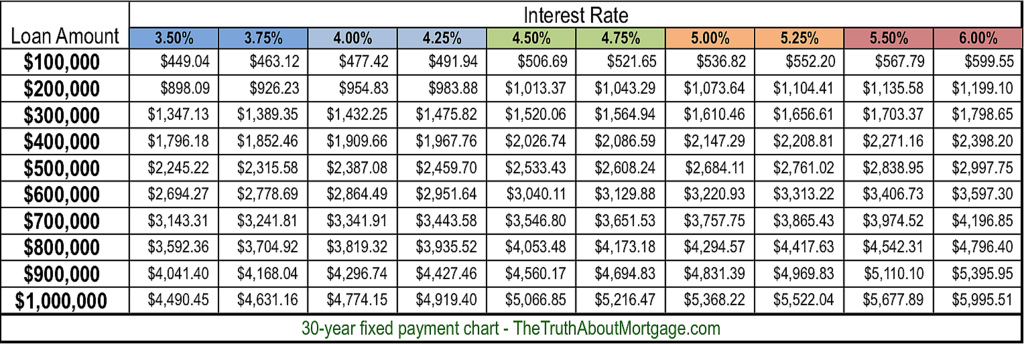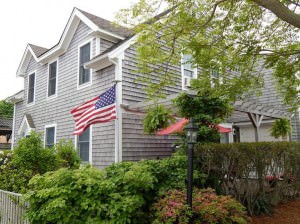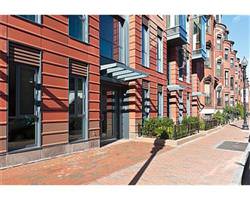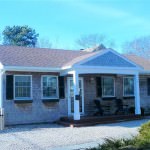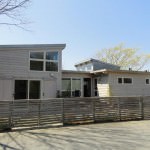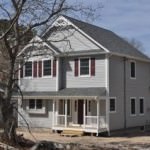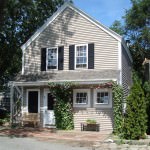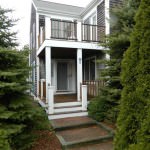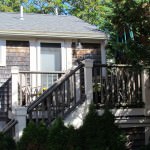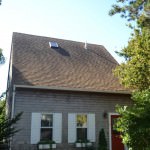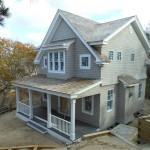One of my new favorite real estate blogs is KCM. A great post below clearly illustrates the simple reasons that buying now may not be a bad idea. Don’t you love the perfect nuclear family pictured? They don’t look particularly happy. Just saying! I don’t normally post “buy now”, “sell now” articles but occasionally they organize information and provide a bit of national context to our own micro market here.
Buying a House: Is Now the Time?
by THE KCM CREW

The real estate community is often criticized for always seeming to have a Pollyanna attitude about the housing market. Many believe that the industry’s current call ‘to buy now’ is nothing more than a scare tactic with the sole purpose of creating more commissions for the industry. Let’s take a look at whether or not that advice was good advice over the last year.
The ‘cost’ of a home is determined by two major components: the price of the home and the current mortgage rate. According to the most recent Case-Shiller Home Pricing Index, home values have risen over 10% in the last year. If we look at Freddie Mac’sWeekly Primary Mortgage Market Survey®, the 30 year mortgage rate has increased from 3.67% to 3.91% during that same period.
The table below compares the cost of the same exact house over the last twelve months:

We can see that the advice to buy a year ago made complete financial sense.
What About Moving Forward?
Most experts are not only calling for prices to continue to rise but are also upgrading their projections as the housing market is showing strong signs of recovering.
Regarding interest rates, the 30 year mortgage rate has soared by over a half point already this year and many believe that the increases will continue. Even those trying to be the voice of reason on this issue are projecting higher rates. For example, Polyana da Costa, senior mortgage analyst at Bankrate.com said:
“Rates are unlikely to keep going up so quickly and should remain below 5 percent.”
Bottom Line
The next time a real estate professional says that now is the time to buy they may not be giving you a ‘sales pitch’. They may be giving you nothing but excellent advice.
